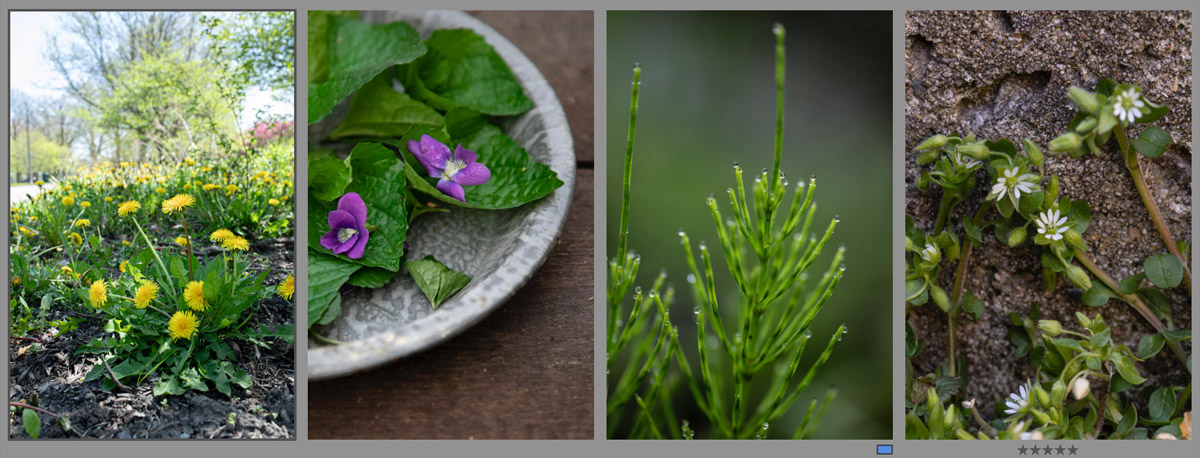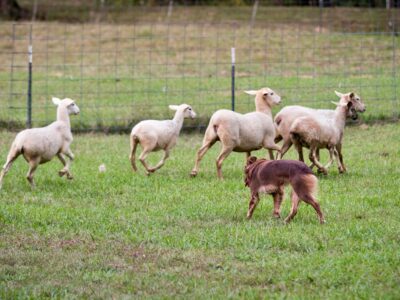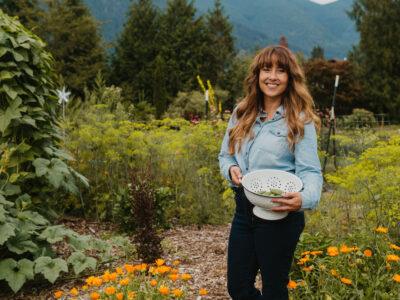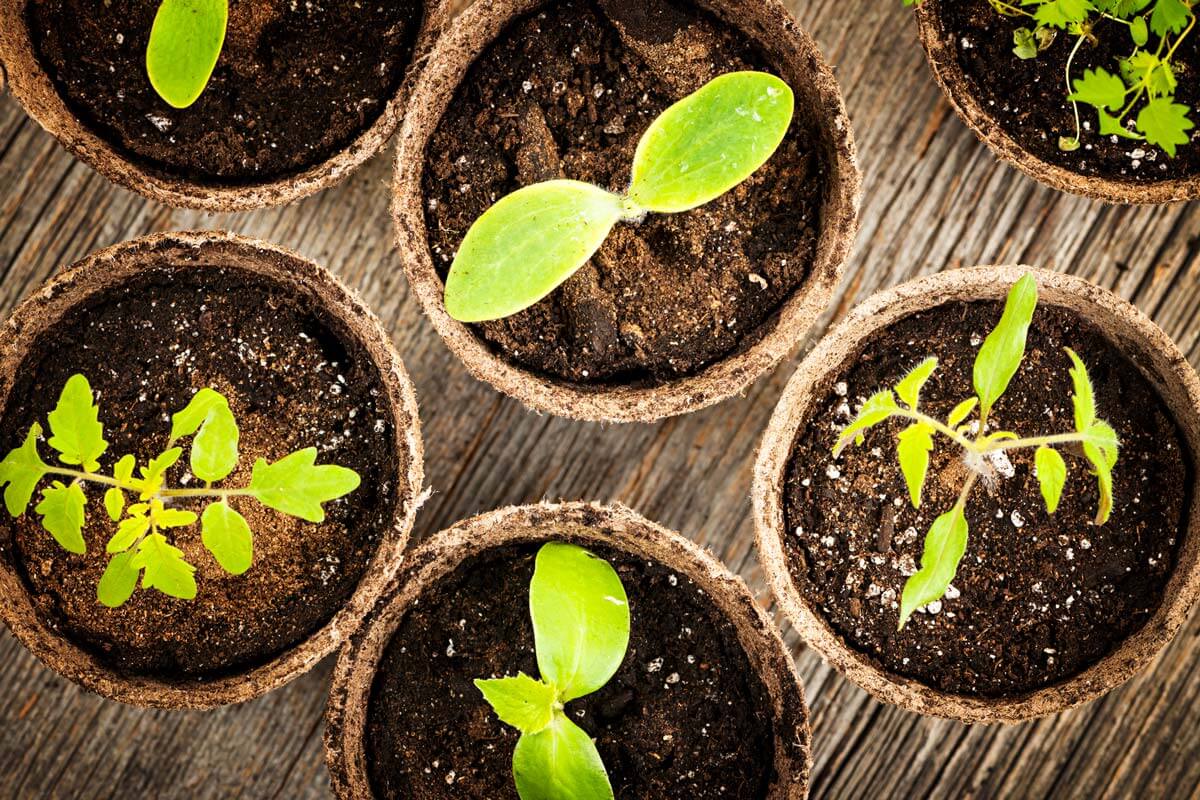Growing, harvesting and using medicinal herbs should be something that we’re doing throughout the year. However, it’s easy to forget about them when they’re not actively growing during the spring and summer months. This post will help you use herbs in every season!
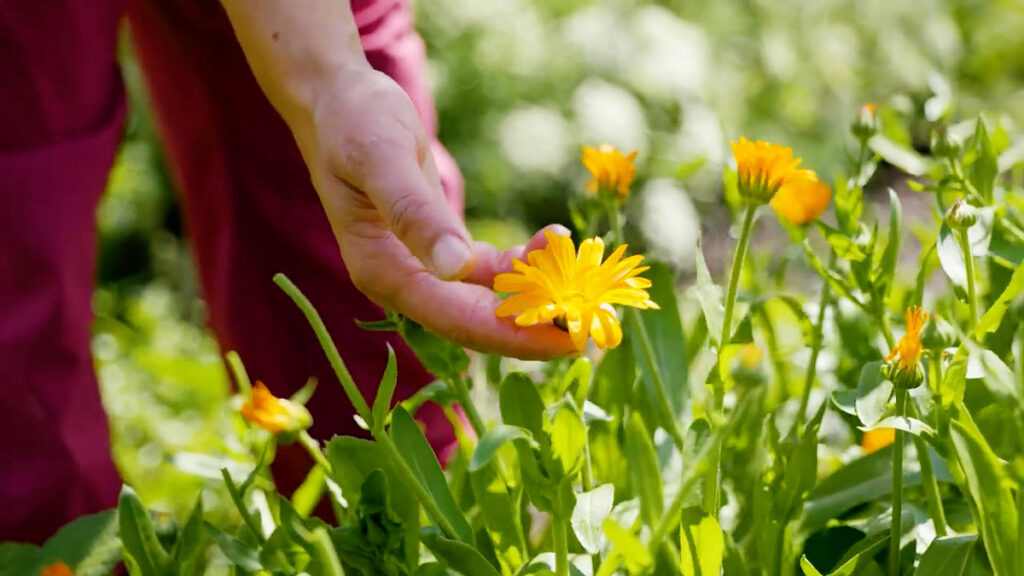
Enjoy this podcast interview with Bevin Cohen as we discuss many medicinal herbs, their uses and the best time to harvest various herbs for the most medicinal properties.
Though this post isn’t an extensive look at each herb, if you’d like to learn more, be sure to grab a copy of Bevin’s book, Herbs in Every Season to learn more! In his book, he shares 48 various herbs you can focus on throughout the seasons to deepen your understanding and usage of herbs for culinary, cosmetic and medicinal purposes.
About Bevin Cohen
Bevin Cohen is an award-winning author, owner of Small House Farm and host of the popular Seeds & Weeds podcast.
He offers workshops and lectures across the country on the benefits of living closer to the land through seeds, herbs, and locally grown food. He is also a food and garden writer whose work has appeared in many national publications and the author of more than ten books, including The Artisan Herbalist and his latest, Herbs in Every Season.

Seasonal Aspect of Herbs
Understanding the seasonal aspect of herbs is important because herbs will change as they grow and the season progresses. Furthermore, we change, and our needs for plants change as the seasons go along.
As we change, the herbs change with us, so we always have what we need (if we’re paying attention).
When we observe a plant from seed through plant all the way back to seed again, it makes us better growers, medicine makers and, potentially, better people!
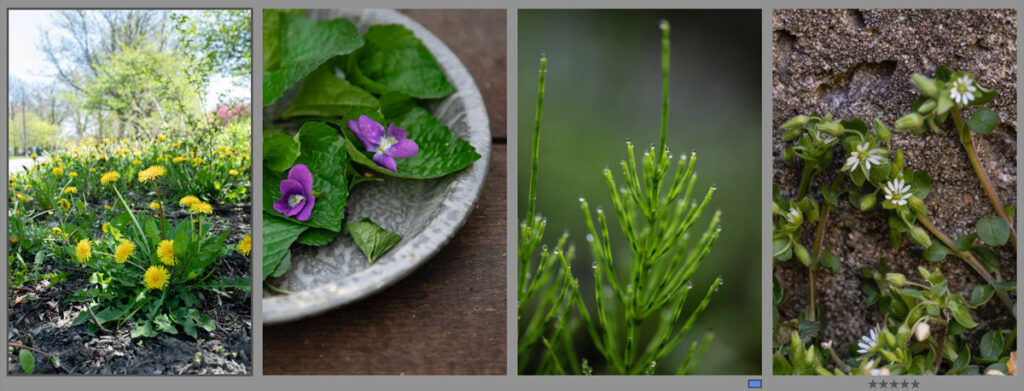
Spring Herbs
In the springtime, one of my favorite things to do is to forage for the wild medicinals that start popping up. For us, stinging nettles are one of the first plants I harvest. Read this post for more information on foraging for stinging nettles and this post on how to make stinging nettle tea.
One of Bevin’s favorite cultivated herbs is calendula. Bevin says he has yet to grow enough calendula flowers so that he doesn’t run out of seed for the year!
The great thing about calendula is that nearly every part of the flower is useable (and edible). In Bevin’s book, he shares a recipe for calendula butter sauce served over spring asparagus that sounds delicious.
You can check out my posts on how to make calendula oil and a homemade herbal wound-healing salve.
Some other herbs you might use in spring are dandelion (great for making dandelion salve), purple dead nettle and violets.
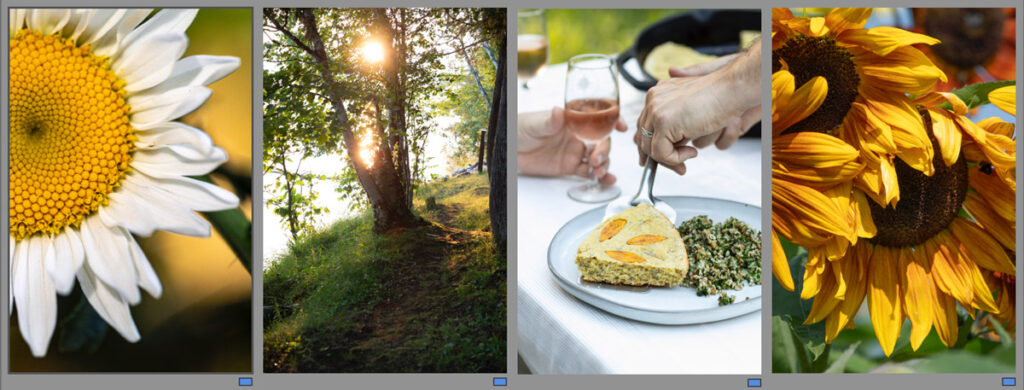
Summer Herbs
Bevin’s choice herb for summer is lemon balm. Bevin makes a sun tea with lemon balm (and a lemon balm lemonade that his son loves!). He also shares a lemon balm shitake mushroom stuffing in his book.
Making lemon balm into a tincture is a great option. It’s great when used for stress, anxiety, and nervous tension; it works well as a sleep aid, and it brings joy. (Source)
Do be careful when growing lemon balm, as it’s in the mint family and will spread! If you have a limited space, grow it in a container.
Summer is the main season in which we’ll grow, harvest and preserve our medicinal herbs. But it’s not the only time to be using them!

Fall Herbs
Fall is also a time when we’ll be harvesting the remaining herbs (especially seeds) before our first frost date. Bevin’s favorite fall crop is the sunflower plant because it has so many uses:
- You can harvest the roots (or the head) of the sunflower plant and infuse them in oil or boil them into tea to be used as a topical pain relief. (Source)
- Gather the petals from the sunflower. They are astringent, antibacterial and antimicrobial. They’d make a fantastic facewash and can be utilized to help fight acne or other skin conditions. (Source)
- The seeds can be turned into sunflower seed tea, which is great for digestive complaints, upset stomach and indigestion. (Source)
In his book, Bevin shares a recipe for sunflower “cornbread” made entirely from the sunflower plant.
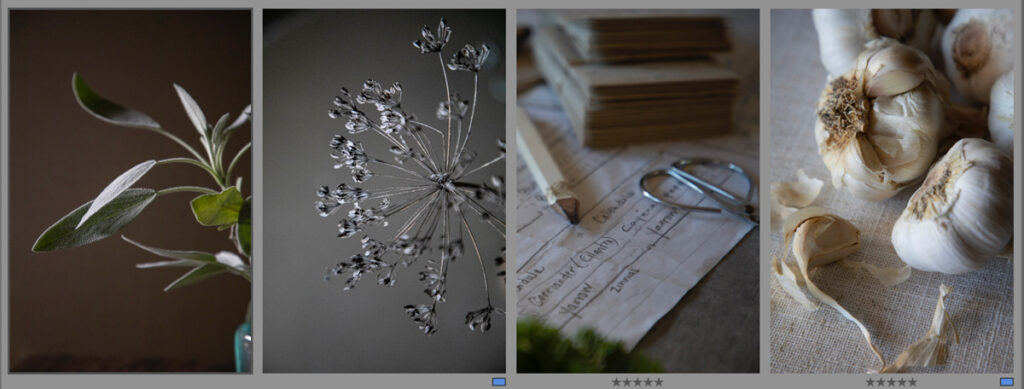
Winter Herbs
If you’re one of the lucky people who can garden throughout the winter months, you will have access to many more fresh herbs than the rest of us who get hard frosts, snow and ice.
However, there are many herbs that we’ve harvested that we’re utilizing in the winter months. One of Bevin’s favorites is garlic.
- Garlic is incredibly medicinal. It contains a sulfur-based compound called allicin. The most potent way to consume it is to chop it and eat it raw. (Source)
- Garlic is also high in water-soluble zinc. If you think you’re coming down with a cold, Bevin recommends steeping raw garlic in hot water (add a little honey and some pine needles to help with the flavor profile) and sipping on that. (Source)
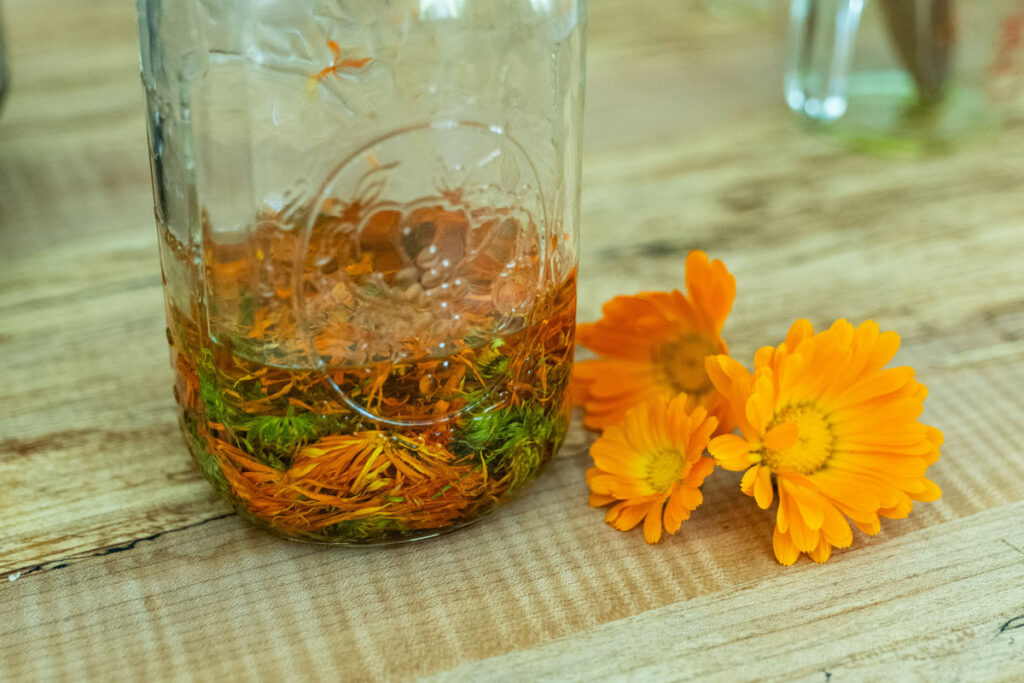
Harvesting & Using Different Parts of the Herb
Herbs change throughout the season, so it’s important to know and understand which part of the herb you want to work with to determine when you’re harvesting.
- Roots – If we want to harvest the roots of a plant, it’s important to harvest them while the plant is dormant. This is generally early winter through early spring. The medicinal properties in the root will be the most potent while the plant is dormant. Always use dried roots for medicinal purposes.
- Leaves – The best time to harvest the leaves is as soon as life comes to the plant and the foliage begins to grow, anytime up until the plant flowers. There are many fresh ways to use the leaves of herbs; however, for their medicinal properties, it’s best to use them dried as this allows the water to evaporate and concentrate those medicinal oils. To put it into perspective, you would need 2-3 times as many fresh herbs as dried to get the same medicinal properties.
- Flowers – The flowers of the plant are harvested once the plant blooms. For many flowers, it’s best to harvest the flowers just as they’re opening but before the flowers are completely open and starting to fade. When using flowers in culinary applications, always use the fresh flower, as dried flowers generally lose their flavor. However, there are many times when the flowers can be dried and used medicinally as well.
- Seeds – The seeds of many plants are also medicinal. To harvest the seeds, we need to let the plant flower and then let the seeds develop. Seeds are generally harvested in the fall. Seeds we’re always going to use dried as this is how we harvest them from the plant!
Pro Tip: It’s important to note that after the flowering stage, the plant’s chemical composition changes. This is a defense mechanism that plants have to protect themselves so we don’t eat them, and they have time to make seeds.
A good example of this is lettuce. Once the plant has gone to seed, the lettuce leaves turn bitter and don’t taste great. This change makes the leaves less medicinal for us, so we want to make sure to harvest during pique season.
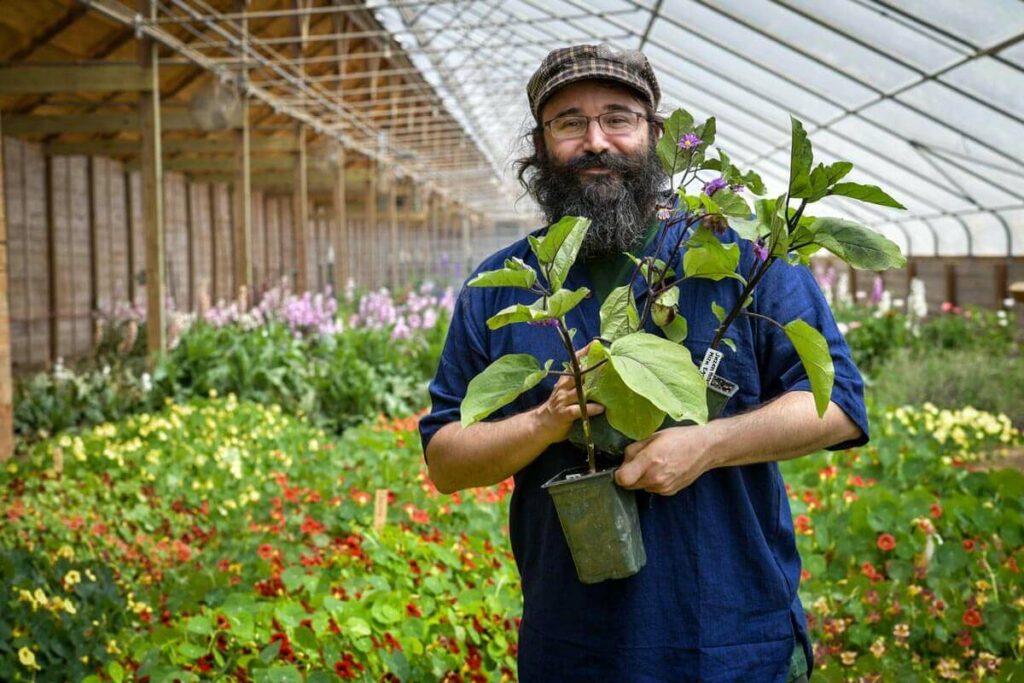
Where to Find Bevin
Learn more from Bevin over at his website, Small House Farm, and be sure to follow him on Facebook, Instagram, and YouTube and tune in to his Seeds & Weeds podcast!
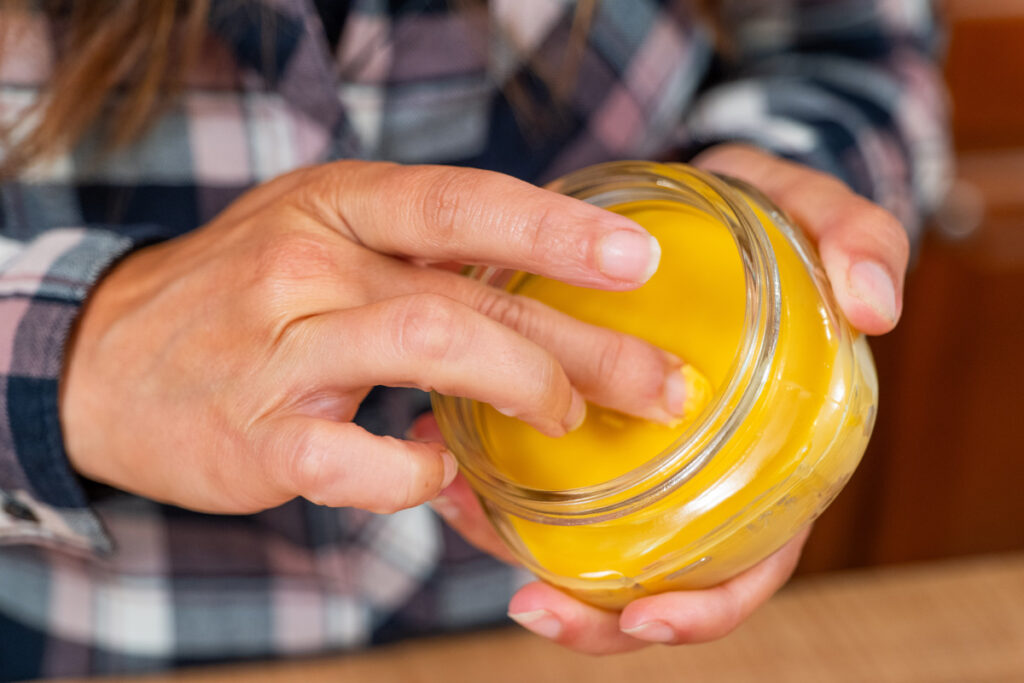
Other Articles You May Enjoy
- Homemade Peppermint Salve
- DIY Comfrey Poultice
- How to Use Herbs and Natural Remedies at Home
- Rules for Foraging for Wild Edibles
- How to Design a Cottage Garden
- Alternative Medicine (& What to Do if Your Medicine Isn’t Available)
- Herbal Remedies for Animals (Pets & Livestock)
- Easy Homemade Garlic Infused Olive Oil Recipe (With Herbs)
- Homemade Basil Salt Recipe (3 Ways)
